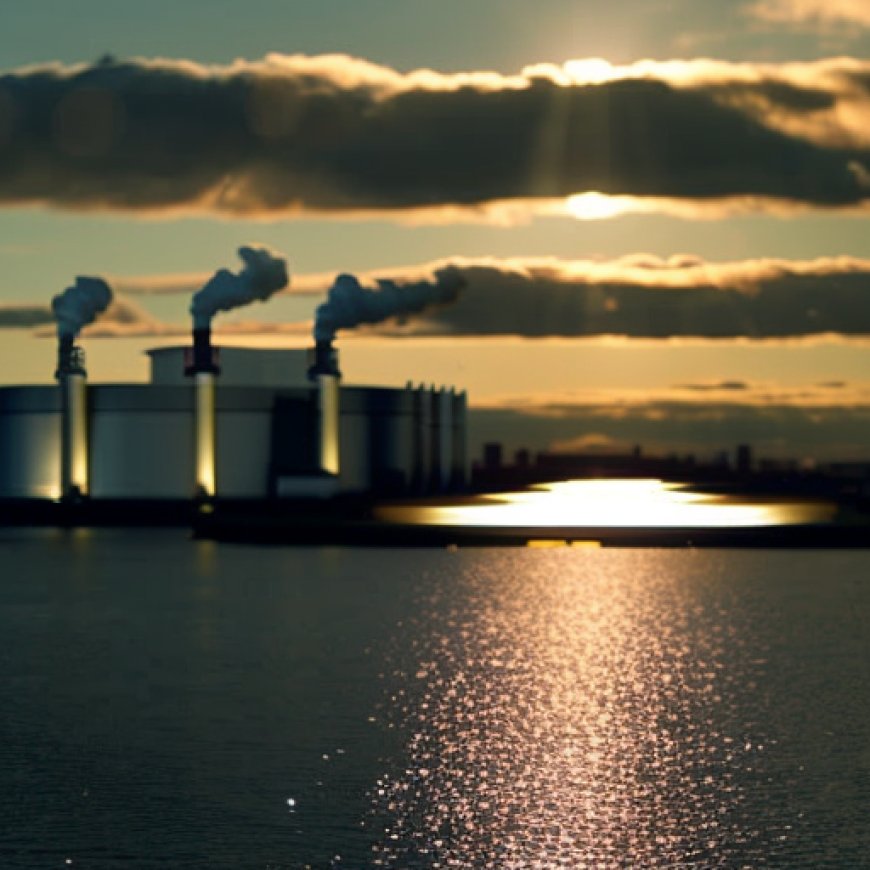Veolia Environnement : Île-de-France/SIAH inaugurates an innovative wastewater treatment plant that relies on Veolia technologies to produce energy from wastewater
Veolia Environnement : Île-de-France/SIAH inaugurates an ... Marketscreener.com


Syndicat Mixte pour l’Aménagement Hydraulique (SIAH) Inaugurates Bonneuil-en-France Wastewater Treatment Plant

Introduction
The Syndicat Mixte pour l’Aménagement Hydraulique (SIAH) for the Croult and Petit Rosne Valley region inaugurated on Friday the Bonneuil-en-France wastewater treatment plant, which treats wastewater from 35 municipalities in the eastern district of the Val d’Oise department. Veolia, via its subsidiary OTV, led a consortium responsible for designing and carrying out the works, and will operate and maintain the plant until 2027. As well as increasing the plant’s treatment capacity and performance, the work, which is being carried out in line with a sustainable development approach, will enable wastewater to be used to produce green energy locally.
Increased Treatment Capacity and Performance
Worth a total of 199.4 million euros excluding VAT, of which 117 million for OTV, this 10-year contract has increased the plant’s treatment capacity from 350,000 to 500,000 population equivalent (P.E.). The priority given to reusing existing structures (biological basins, pretreatment buildings, etc.) has helped to significantly reduce the construction’s carbon footprint, as well as preserving sensitive natural areas.
Efficient Energy Management and Green Energy Production
The new plant demonstrates the SIAH’s commitment to efficient energy management and reducing dependence on fossil fuels. The sludge generated by the purification process is used to produce biogas, which is purified using the MemGas process developed by Biothane, a Veolia subsidiary, before being injected into the existing gas network. This renewable green energy source corresponds to the annual gas consumption of 1,750 new homes heated with gas. The heat produced by the treated water is also recovered using the Energido process to heat the administrative buildings. After treatment, some of the wastewater is reused as industrial water, reducing the pressure on water resources and helping to mitigate the effects of climate change.
Compliance with Environmental Standards and Innovative Technologies
The facility incorporates high-performance technologies that enable the Syndicat to comply with current environmental standards while anticipating those of the future. The treatment system installed is both robust and innovative, with at its heart the Hybas biological process developed by AnoxKaldnes, another Veolia subsidiary. This process combines MBBR (Moving Bed Biofilm Reactor) technology with activated sludge in a single tank, providing a compact and effective solution for eliminating organic matter and nitrogen, a worldwide concern since it causes eutrophication of water, a phenomenon responsible for the proliferation of algae and the deterioration of aquatic ecosystems. The Morée river will be given a new lease of life by improving water quality and restoring its landscape.
Veolia’s Expertise in Water Technologies and Energy Management
Anne Le Guennec, Senior Executive Vice President, Worldwide Water Technologies at Veolia, said: “The SIAH’s ambition to be a forerunner in terms of ecological transformation has enabled us to work together to make this plant an exemplary result. Veolia’s expertise in water technologies, but also in energy management, makes it possible to transform what was once considered a waste product into a value-creating resource. From wastewater and sewage sludge, we produce biomethane, a local, renewable and affordable energy source – that’s the ecology of solutions.”
SDGs, Targets, and Indicators
| SDGs | Targets | Indicators |
|---|---|---|
| SDG 6: Clean Water and Sanitation | 6.3: Improve water quality by reducing pollution, eliminating dumping, and minimizing release of hazardous chemicals and materials | The treatment system installed at the wastewater treatment plant helps in eliminating organic matter and nitrogen, improving water quality (indicated by the improvement in the Morée river). |
| SDG 7: Affordable and Clean Energy | 7.2: Increase the share of renewable energy in the global energy mix | The sludge generated by the purification process is used to produce biogas, which is purified and injected into the gas network, providing a renewable green energy source. |
| SDG 9: Industry, Innovation, and Infrastructure | 9.4: Upgrade infrastructure and retrofit industries to make them sustainable, with increased resource-use efficiency and greater adoption of clean and environmentally sound technologies and industrial processes | The wastewater treatment plant incorporates high-performance technologies that comply with current environmental standards and anticipate future standards. |
| SDG 13: Climate Action | 13.1: Strengthen resilience and adaptive capacity to climate-related hazards and natural disasters in all countries | The reuse of wastewater as industrial water reduces pressure on water resources and helps mitigate the effects of climate change. |
Behold! This splendid article springs forth from the wellspring of knowledge, shaped by a wondrous proprietary AI technology that delved into a vast ocean of data, illuminating the path towards the Sustainable Development Goals. Remember that all rights are reserved by SDG Investors LLC, empowering us to champion progress together.
Source: marketscreener.com

Join us, as fellow seekers of change, on a transformative journey at https://sdgtalks.ai/welcome, where you can become a member and actively contribute to shaping a brighter future.







